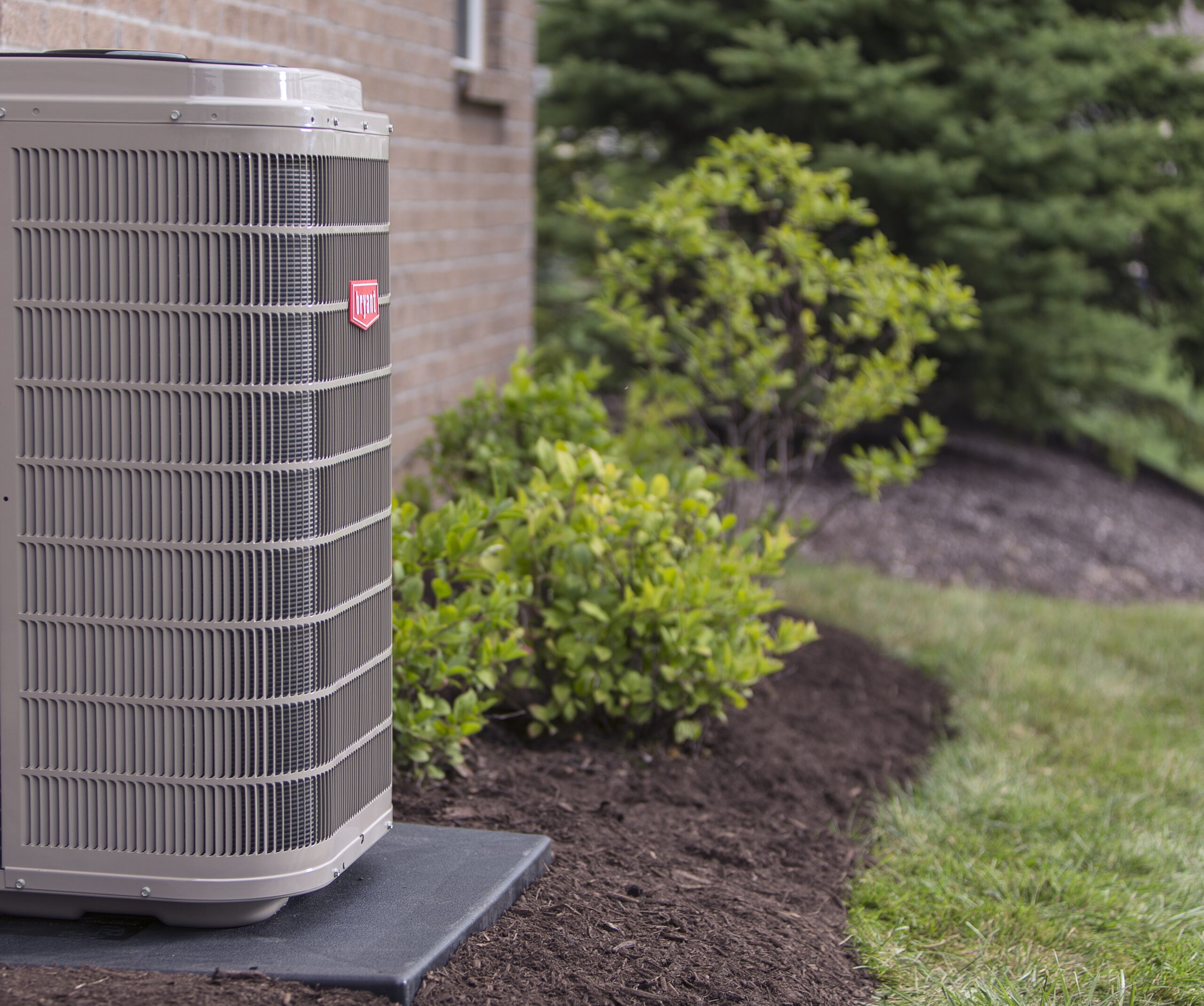CRACKED HEAT EXCHANGER? HERE IS WHAT YOU SHOULD DO.
Your heat exchanger is a critical part of your home’s heating and cooling system. When cracked, it can be a serious and dangerous problem. Cracked heat exchangers can leak carbon monoxide, sulfur dioxide, and nitrous oxide into your home. This can cause illness in rather extreme cases or – after long-term exposure – death. Carbon monoxide poisoning leads to thousands of hospital visits each year because it can happen without you ever knowing. By keeping your HVAC system well-maintained, you can help keep your family safe and comfortable year-round.
Heat Exchangers and What They Do
A heat exchanger is used to transfer heat between two or more fluids or gases without them actually touching each other directly. They can be used to both heat and cool. In a furnace, it is the component that actually heats the air. HVAC systems are used to flow heat from high-temperature areas to low-temperature areas, removing the hot air from homes during the summer and pushing it through the homes in the winter. Heat exchangers are what are used to transfer that thermal energy from one medium to another.

Schedule Fast HVAC Repair Today
Reasons a Heat Exchanger Cracks
With HVAC systems and moving machine parts in general, wear and tear are naturally going to happen over time. Stress cracks are a very common type of wear and tear on heating and cooling systems. Over time, a variety of different factors can contribute to why a heat exchanger cracks. Here are some of the common causes behind cracked heat exchangers.
Lack of Air Flow
When a furnace lacks the necessary airflow, it can cause the equipment to work harder making the heat exchanger vulnerable to become overheated. The additional heat results in the heat exchanger expanding and contracting. The longer this takes place, the more stress is placed on the heat exchanger making it susceptible to stress fractions. Something as simple as a dirty air filter over a long period of time can often be the root cause of a cracked heat exchanger.
Oversized Furnace
Just as a lack of airflow can lead to your furnace’s heat exchanger becoming overheated, so can an oversized furnace. Oversized furnaces are much more common than one would think. Having a bulky furnace combined with an undersized duct system to facilitate the heat can cause too much heat stress being placed on the heat exchanger. Oversized furnaces often cycle on and off much more frequently. This can encourage much more expanding and contracting with the heat exchanger over a long period of time making it much more likely to crack.
Signs of a Cracked Heat Exchanger
If you are wondering how to identify a cracked furnace heat exchanger, it’s not always as easy to diagnose as other issues that may arise within an HVAC unit. The first sign of a cracked heat exchanger can often vary based on the degree of the crack. Most cracked heat exchanger diagnoses usually come via a certified HVAC technician.
Furnace Is Not Heating Your Home
When a heat exchanger is cracked, air from the blower often will trip the flame sensor. This can trigger a safety switch that will automatically shut down your furnace. If your furnace will not turn on, this is what could be happening.
Carbon Monoxide Detectors Are Going Off
A cracked heat exchanger can lead to carbon monoxide being released into your home. If people in your home start to experience flu-like symptoms have recurring headaches, nausea, disorientation, or allergy-like symptoms, it could be a sign that your heat exchanger is cracked. Sometimes you may see evidence of soot on the inside of the furnace or cracks on other parts. Strange smells in the air that may be causing physical illness or headaches can be other cracked heat exchanger symptoms as well. Carbon monoxide poisoning is no joke, so if you are experiencing any of these symptoms, it is best to call and make sure there are no serious issues with your furnace.
Beware of Scams
It is very important to call a reputable HVAC contractor if you suspect that there is a crack in your heat exchanger or when having a tune-up on a heating and cooling unit. Because it takes a skilled technician to properly diagnose the problem, some contractors or companies may take advantage of the consumer. You may be told that you need to entirely replace the unit when you don’t really need to, simply because it’s expensive and makes the company more money. So when making a decision on calling a technician for help, make sure the company is reputable and reliable. Sometimes a quick visual inspection is not enough, and a trained technician should be able to run a combustion gas analysis to give you a definite answer to what the real problem is.
Schedule Your Heat Exchanger Repair Today
If you are looking for a reliable and reputable HVAC contractor in St. Charles or the St. Louis area, Superior Heating and Cooling is here to help. Superior has an A+ rating with the Better Business Bureau and has been servicing the area since 1972.
For furnace repairs or to check on a damaged heat exchanger, call Superior Service or fill out the online form.
"*" indicates required fields





